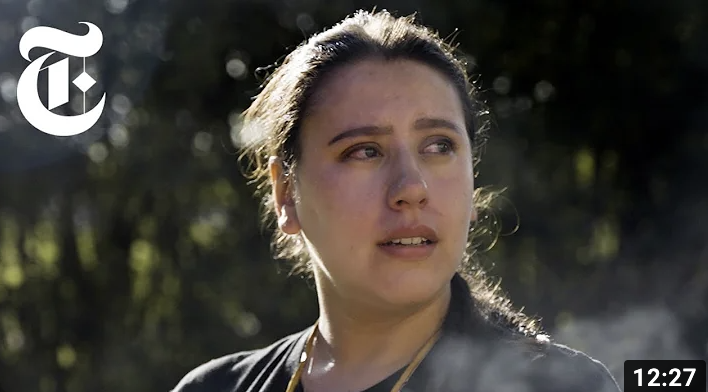🇨🇦 Residential Schools: Canada's 'Cultural Genocide'
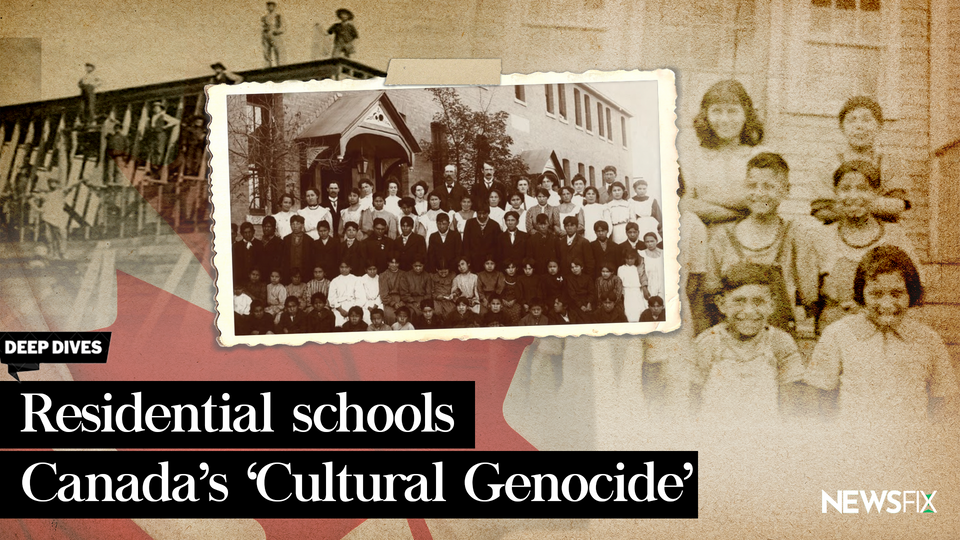
Morning all,
Earlier this year, more than a thousand unmarked graves of indigenous children were found - located on the sites of several former residential schools those very children were forced to attend.
Often run by Christian orders, the residential schools were viewed as a place to assimilate them, and to - quote - "extinguish the Indian in the child".
It is a story we at NewsFix did not want to finish the year without covering.
Until tomorrow,
Your Fixers
WHERE TO BEGIN?
To get you up to speed, we have to go back - way back.
From the 15th century, British and French expeditions explored and settled in North America, creating colonies. In 1763, after seven years of war between the British and the French coalition forces, France ceded almost all of its colonies - including the ones in what would later be known as Canada.
Going forward a bit...
In 1841, Britain created the Province of Canada. This was dissolved in 1867, and became the Dominion of Canada - "the birth of the country that we know today".
All of this was done without any real concern for the indigenous peoples who were there long before Europeans settled and divided territory between them.
THE INDIGENOUS POPULATION
In Canada, the term 'indigenous' generally refers to three main groups of people - First Nations, Métis, and Inuit. Within these groups are diverse peoples with unique cultures, histories and languages.
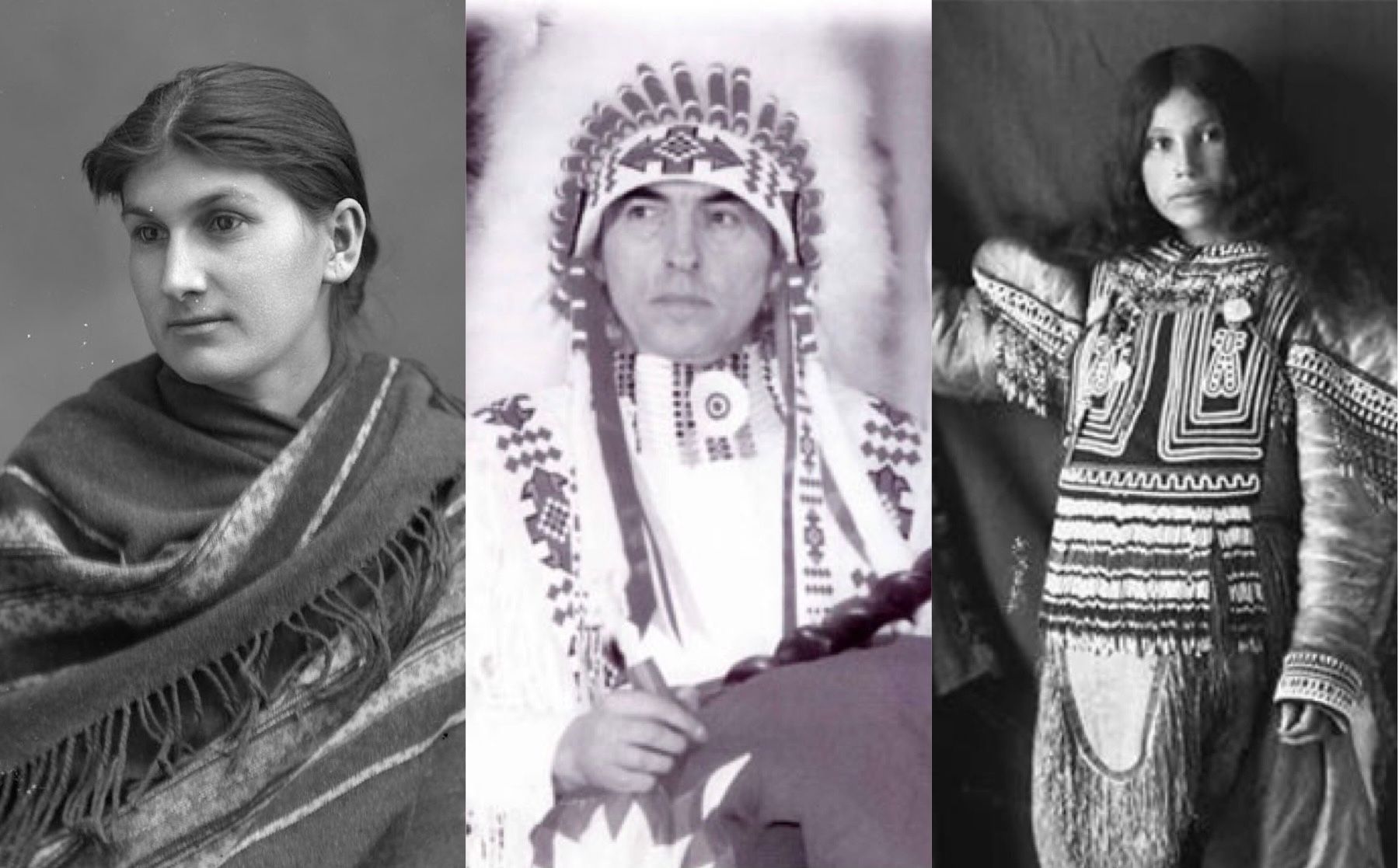
In the 2016 census these three groups made up around 4.9% (1.67 million) of the entire Canadian population.
Breaking that 4.9% down further;
- First Nations: the largest group, make up around 60% of Canada's indigenous population. There are more than 630 diverse First Nation communities in Canada - they represent more than 50 nations and 50 indigenous languages.
- Métis: make up around 36%. The term 'Métis' is used to describe communities of mixed European and indigenous descent - as well as a specific community, the Métis Nation.
- Inuit: make up around 4%. There are 53 official Inuit communities, and their homeland encompasses 35% of Canada's landmass and 50% of its coastline, including on ice.
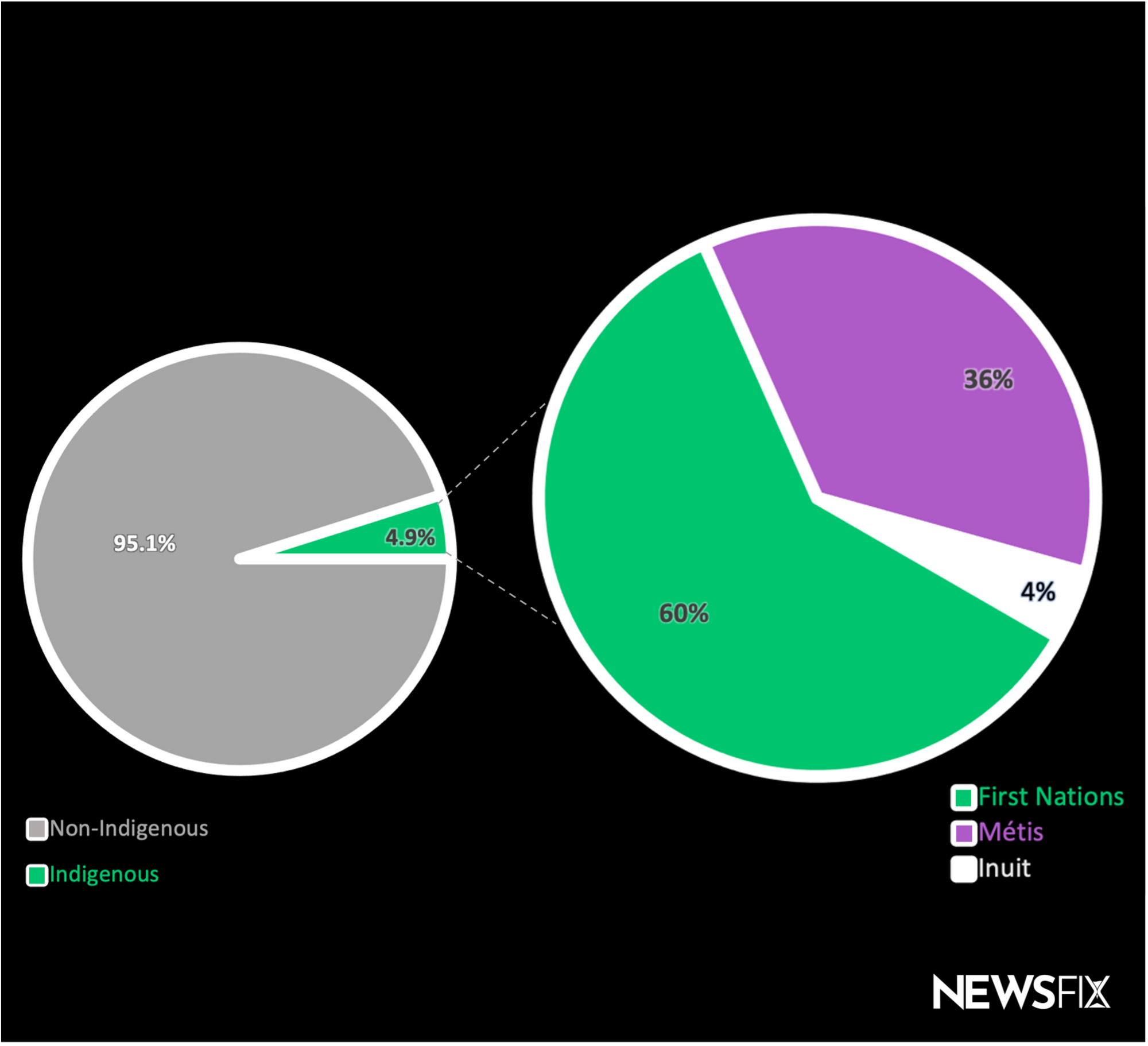
The 2016 census referenced above also highlighted some significant inequalities. While the three main groups mentioned above include roughly 7.7% of all children in Canada under the age of 15, they account for more than half (52.2%) of children in foster care.
RESIDENTIAL SCHOOLS
Residential schools were created by the Canadian government and mostly run by Christian orders. As mentioned, they were an attempt "to both educate and convert indigenous youth and assimilate them into Canadian society".
The first residential school opened in 1831 in Ontario, and the last one closed in 1996 in Saskatchewan. An estimated 150,000 children attended more than 130 schools, with at least 6,000 dying there.
Children who attended were often taken from their families and even separated from their siblings once placed in a school, as they were split by gender. They were also forbidden from wearing traditional clothes, speaking their native language, or practicing their own faith.
While it is difficult to quantify why exactly a person would take their own life, suicide rates among indigenous people in Canada are "at least twice" as high as for non-indigenous people. A study suggests experience at residential schools has "continuing links with the risk for suicidal thoughts and behaviours".
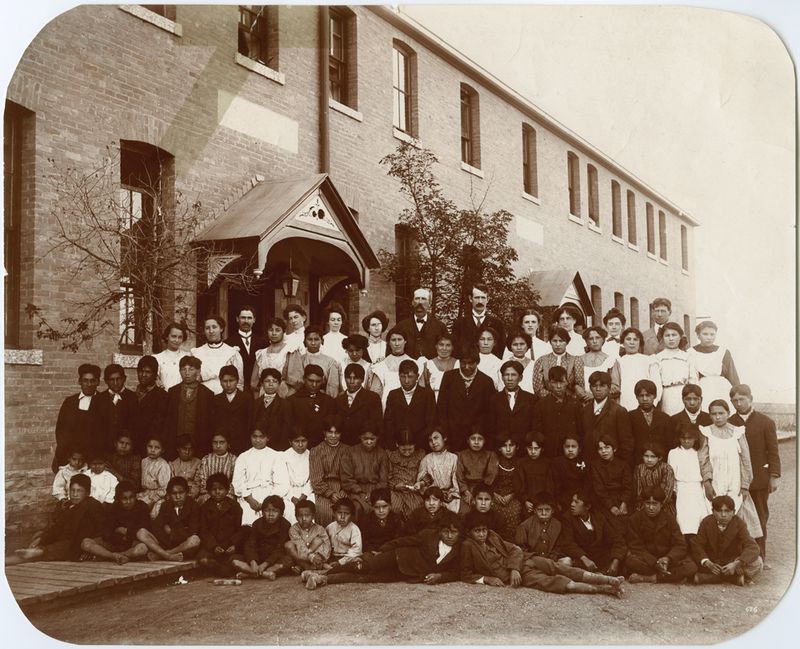
THE INDIAN ACT
In addition to the residential schools was a piece of legislation called 'The Indian Act', which was introduced in 1876.
It aimed to "eradicate First Nations culture in favour of assimilation into Euro-Canadian society," by taking away rights such as voting and status rights.
Regarding the schools, Canadian Prime Minister Sir John A Macdonald said in 1882 that "I have reason to believe that the agents as a whole... are doing all they can, by refusing food until the Indians are on the verge of starvation, to reduce the expense".
THE CANADIAN CHURCH
Catholicism has been the dominating religion in Canada for centuries. Both English and French Canada were aligned with Catholicism.
In 1841, the first School Act was passed, with Canada East developing a dual confessional (Catholic and Protestant) school system, and Canada West developing a divided school system with two sections: one being public, the other being confessional (i.e. religious) - mostly Roman Catholic.
In total, the Roman Catholic Church operated a majority of 60% of residential schools. The rest were run by the Anglican Church, the United Church, and the Presbyterian Church.
LIFE IN RESIDENTIAL SCHOOLS
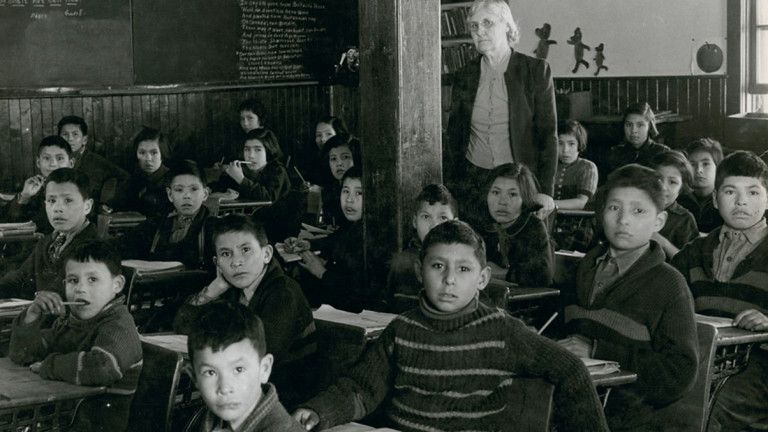
In 1920, it was made mandatory for every indigenous child to attend a residential school, and illegal for them to attend any other type of school.
In the schools, past pupils say they were abused mentally, physically and sexually, which experts have likened to "prison camps". Punishments included being beaten, chained or confined, and sexual predators within the staff rarely suffered consequences for their actions.
Due to their malnutrition and general poor health, many students died of diseases such as tuberculosis and influenza, and even less severe illnesses such as smallpox, measles and typhoid.
A former student at the Qu’Appelle (Lebret) residential school, Daniel Kennedy (original name: Ochankuga’he) recounted his experience:
“In 1886, at the age of twelve years, I was lassoed, roped and taken to the Government School at Lebret. Six months after I enrolled, I discovered to my chagrin that I had lost my name and an English name had been tagged on me in exchange…the principal remarked that there were no letters in the alphabet to spell this little heathen’s name and no civilised tongue could pronounce it... ‘we are going to civilise him, so we will give him a civilised name,’ and that was how you acquired this brand new whiteman’s name”.
THE HALF-DAY SYSTEM
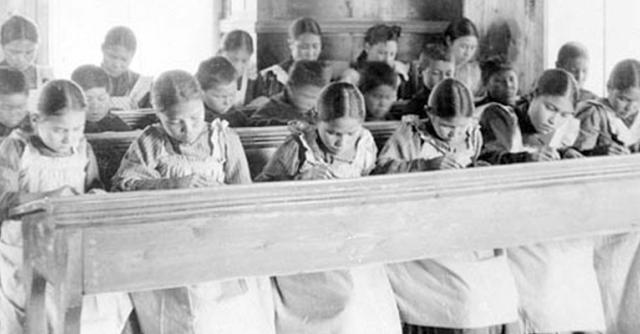
Until the system changed in the 1950s, students had a “half-day system” in which they were educated in the classroom for half the day, and then had to do manual labour for the other half. This consisted of housekeeping for the girls, and general maintenance and hard labour for the boys.
In theory, this was meant to teach students skills they would need in the real world, but in reality they were being used for cheap labour because the schools were not receiving enough funding.
THE END OF RESIDENTIAL SCHOOLS
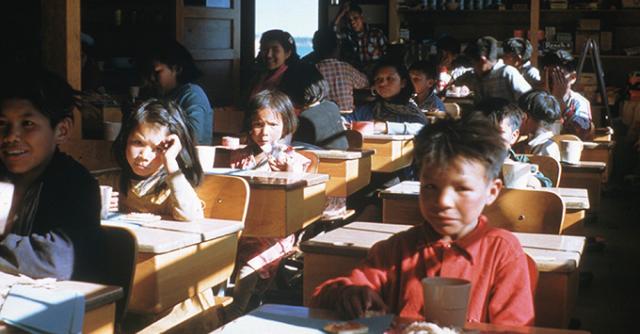
Church involvement ended in 1969 when the schooling system was taken over by the Department of Indian Affairs - and the government took the decision to “phase out” the schools.
However, the Catholic Church opposed this - and was adamant that the best approach to educate indigenous children was through a system of segregated schooling. Despite this, by 1986, most had been closed - and the last residential school was closed in 1996.
THE TRUTH AND RECONCILIATION COMMISSION
In 2008, the Truth and Reconciliation Commission (TRC) was founded - with the aim of recognising “the damage inflicted on Indigenous peoples by residential schools, and [establish] a multi-billion-dollar fund to help former students in their recovery”.
The TRC labelled the residential schools as “cultural genocide” and has said that at least 3,200 Indigenous students died in the schools. The Chair of the Commission, Justice Murray Sinclair, believes the number is “well beyond 10,000”.
The true number of deaths will never be known due to poor record keeping by the church, and the fact the federal government stopped recording deaths around 1920.
GOVERNMENT RESPONSE
Canadian governments have made a number of attempts over the years to apologise or compensate for the damage residential schools caused to indigenous communities.
In 2005, the federal government made a $1.9 billion package for the survivors of abuse at the schools. Two years later in 2007, the Residential Schools Settlement Agreement was made and the government and the churches agreed to provide financial compensation to former students.
Building on the financial compensation that had been offered, in 2008 Prime Minister Stephen Harper apologised to all former students of residential schools in Canada.
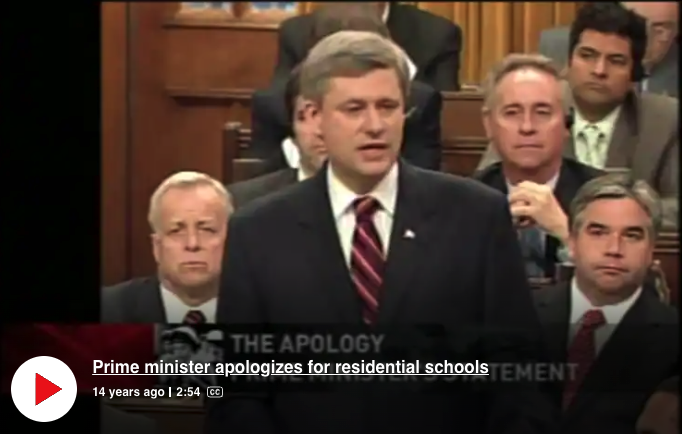
However, in the compensation scheme the government excluded survivors of residential schools in Newfoundland and Labrador (because they weren’t part of Canada when the schools began operating). This led to a lawsuit, which was later settled for $50 million. In 2017, Prime Minister Justin Trudeau formally apologised to residential school survivors in the provinces for their exclusion.
More recently in December 2021, Trudeau’s government announced it was setting aside $31.2 billion US dollars to compensate Indigenous children and families in foster care for suffering discrimination.
Remember: First Nation, Inuit and Metis children represent 7.7% of children under the age of 15, yet account for 52.2% of children in foster care.
CHURCH RESPONSE
Both the Anglican and United churches have formally apologised for their roles in running and forming the residential school system.
However, Pope Francis and the Catholic Church are yet to do so.
“If a papal apology in Canada can alleviate some of the ongoing suffering of residential school survivors, their descendants and communities, and help build and rebuild relationships among settler Catholics, Indigenous Catholics and other Indigenous people, that is its most poignant significance” - Christopher Hrynkow, University of Saskatchewan
UNMARKED GRAVES
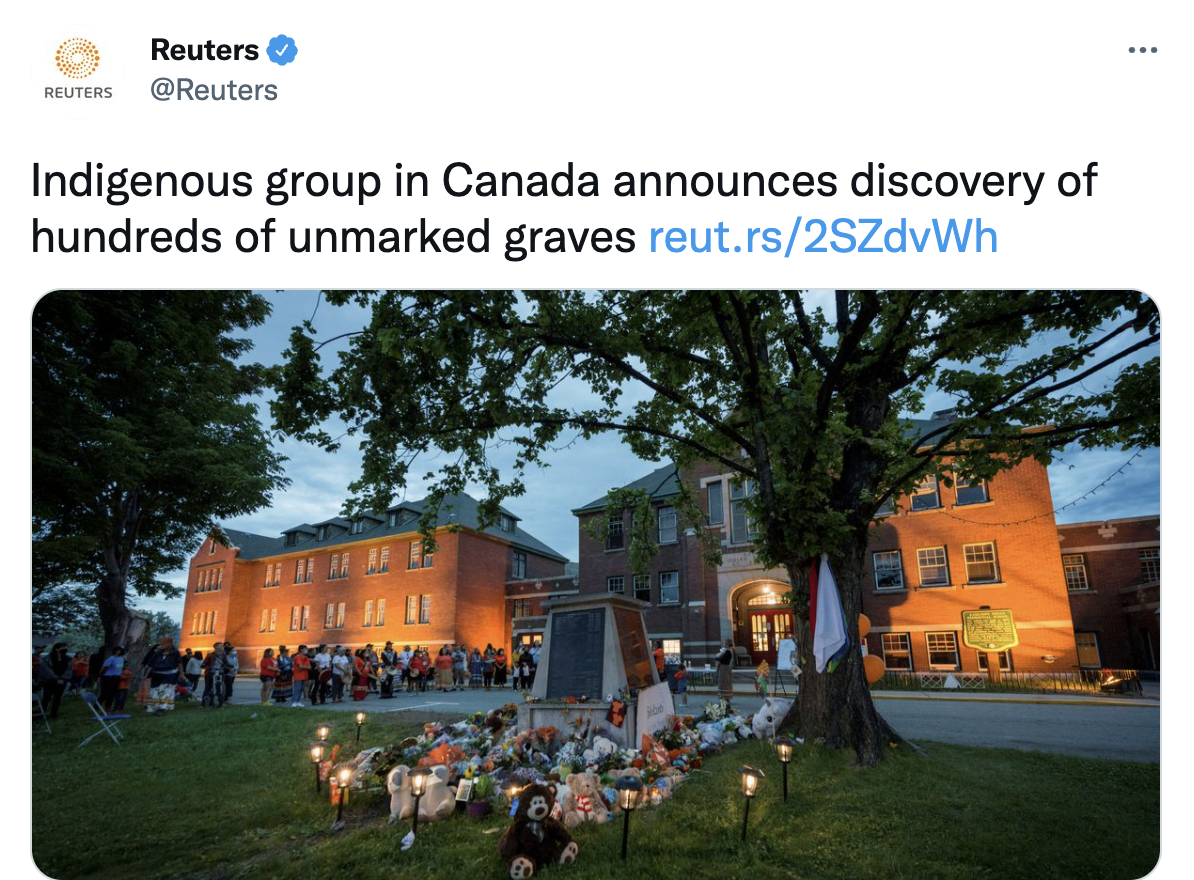
During 2021 many unmarked graves of children residing in Canada’s Residential Schools have been found, in a number of different locations.
In total, more than 1,100 graves have been found, using “ground-penetrating radar surveys” commissioned by local First Nations.
“The discoveries have become one of the clearest illustrations yet of something that has always been well-known: That Canada’s Indian Residential Schools spent nearly a century overseeing shockingly high rates of death among their students, with the bodies of the dead routinely withheld from their families and home communities” - The National Post
The timeline
→ May 27, 2021: 215 children’s graves found at former residential school site in Kamloops, British Columbia.
→ June 24: 751 unmarked graves reported found at the former Saskatchewan residential school, on Cowessess land.
→ June 30: 182 human remains found in unmarked graves at a site close to a former residential school, near Cranbrook, BC
→ July 12: Over 160 unmarked graves found at a former residential school site on remote BC island (Kuper Island) on Vancouver Island.
Responding to the discoveries, Canadian Prime Minister Justin Trudeau said that Pope Francis should apologise for the church’s role in residential schools. He told reporters:
"I have spoken personally directly with His Holiness Pope Francis to press upon him how important it is not just that he makes an apology but that he makes an apology to Indigenous Canadians on Canadian soil.”
THE VATICAN
It appears that steps are now being taken by the Catholic Church towards making an apology - but this was only after the media spotlighted that some of the unmarked graves were located at former schools run by the Catholic Church.
So far, the Catholic Church has reportedly failed to disclose all the historical documents about the schools in its possession.
Catholic bishops in Canada have also recently been criticised for failing to release details in time about a plan to raise $30 million for survivors.
However, Pope Francis was due to meet indigenous leaders and residential school survivors in December at the Vatican to discuss the role the church played. This was postponed to 2022 due to concerns over the Omicron variant.
At a later date, Pope Francis plans to visit Canada “on a pilgrimage of healing and reconciliation”. It remains unclear if an apology will be on the agenda.
For anyone who would like to know more about the harrowing experiences of children who attended these schools, the piece below by The New York Times makes for a powerful watch.
